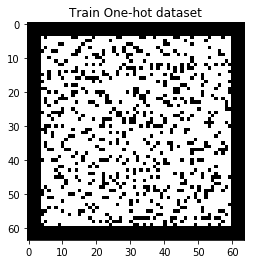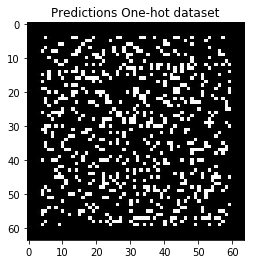Pytorch implementation of CoordConv for N-D ConvLayers, and the experiments.
Reference from the paper: An intriguing failing of convolutional neural networks and the CoordConv solution
Extends the CoordinateChannel concatenation from 2D to 1D and 3D tensors.
- pytorch 0.4.0
- torchvision 0.2.1
- torchsummary 1.3
- sklearn 0.19.1
from coordconv import CoordConv1d, CoordConv2d, CoordConv3d
class Net(nn.Module):
def __init__(self):
super(Net, self).__init__()
self.coordconv = CoordConv2d(2, 32, 1, with_r=True)
self.conv1 = nn.Conv2d(32, 64, 1)
self.conv2 = nn.Conv2d(64, 64, 1)
self.conv3 = nn.Conv2d(64, 1, 1)
self.conv4 = nn.Conv2d( 1, 1, 1)
def forward(self, x):
x = self.coordconv(x)
x = F.relu(self.conv1(x))
x = F.relu(self.conv2(x))
x = F.relu(self.conv3(x))
x = self.conv4(x)
x = x.view(-1, 64*64)
return x
device = torch.device("cuda" if torch.cuda.is_available() else "cpu")
net = Net().to(device)Implement experiments from origin paper.
Use experiments/generate_data.py to generate Uniform and Quadrant datasets for Coordinate Classification task.
Use experiments/train_and_test.py to train and test neural network model.
| Train | Test | Predictions |
|---|---|---|
 |
 |
 |
| Train | Test | Predictions |
|---|---|---|
 |
 |
 |


